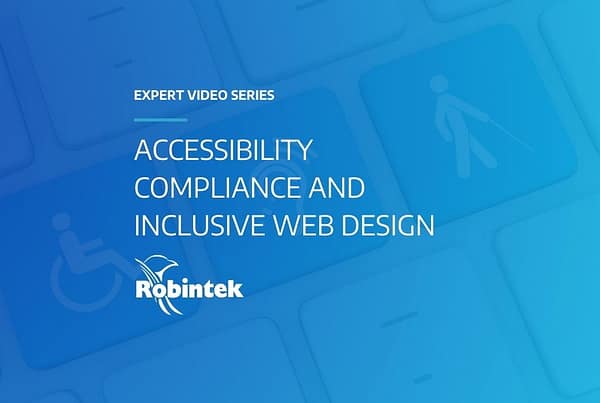
Written by Joe Jorgenson, President – Part 1 here
Understanding Loss Aversion and the Impact on Consumer Decision Making
Loss Aversion is a simple enough concept. A person feels less pleasure from a windfall than they feel pain from a loss of equal value. It’s irrational, but it has an impact on how people make decisions so it should change how we speak to them in our marketing.
An aspect called Attribute Framing shows us that the same data, provided in two formats, has two very different impacts on the consumer. For instance, saying that a ground beef package is 90% lean (positive attribute framing) will result in consumers reporting a better taste than a ground beef package that reports 10% fat (negative attribute framing).
Determine the aspects of your product, service or company (no matter how small) that are most desirable and shine a light on them.
Another approach called Goal Framing looks instead at the potential outcomes of taking an action or not taking an action. In this light the underlying premise of Loss Aversion starts to become more apparent. In a study of insured motorists in two markets the following statement were made:
- Option Presented to Market A Receive a discount on your premium if you’re willing to forego the right to sue in the event of a minor accident where no personal harm was done.
- Option Presented to Market B All insurance plans will now be less expensive but will no longer contain the right to sue in the event of a minor accident where no personal harm was done, unless you pay for a more premium plan.
- Result – Fewer motorists in Market B retained the right to sue in the event of a minor accident. Obtaining a good/service is not as important to consumers as avoiding its loss.
In marketing my web development, I might use Update your websites design and social media interaction to protect your client base over Update your website’s design and social media interaction to attract new clients. The prior implies a negative outcome attached to inaction while the latter implies a positive outcome from acting. The warning of a negative outcome, even when veiled, is a stronger motivating force than the potential of a gain.
Real World Tips:
- Write ad copy that implies your customer already has the product.
- Provide Free Samples or Trial Periods whenever possible.
- Include video or imagery showing real people using the product.
- Point of View imagery when possible.







